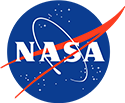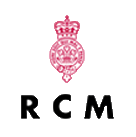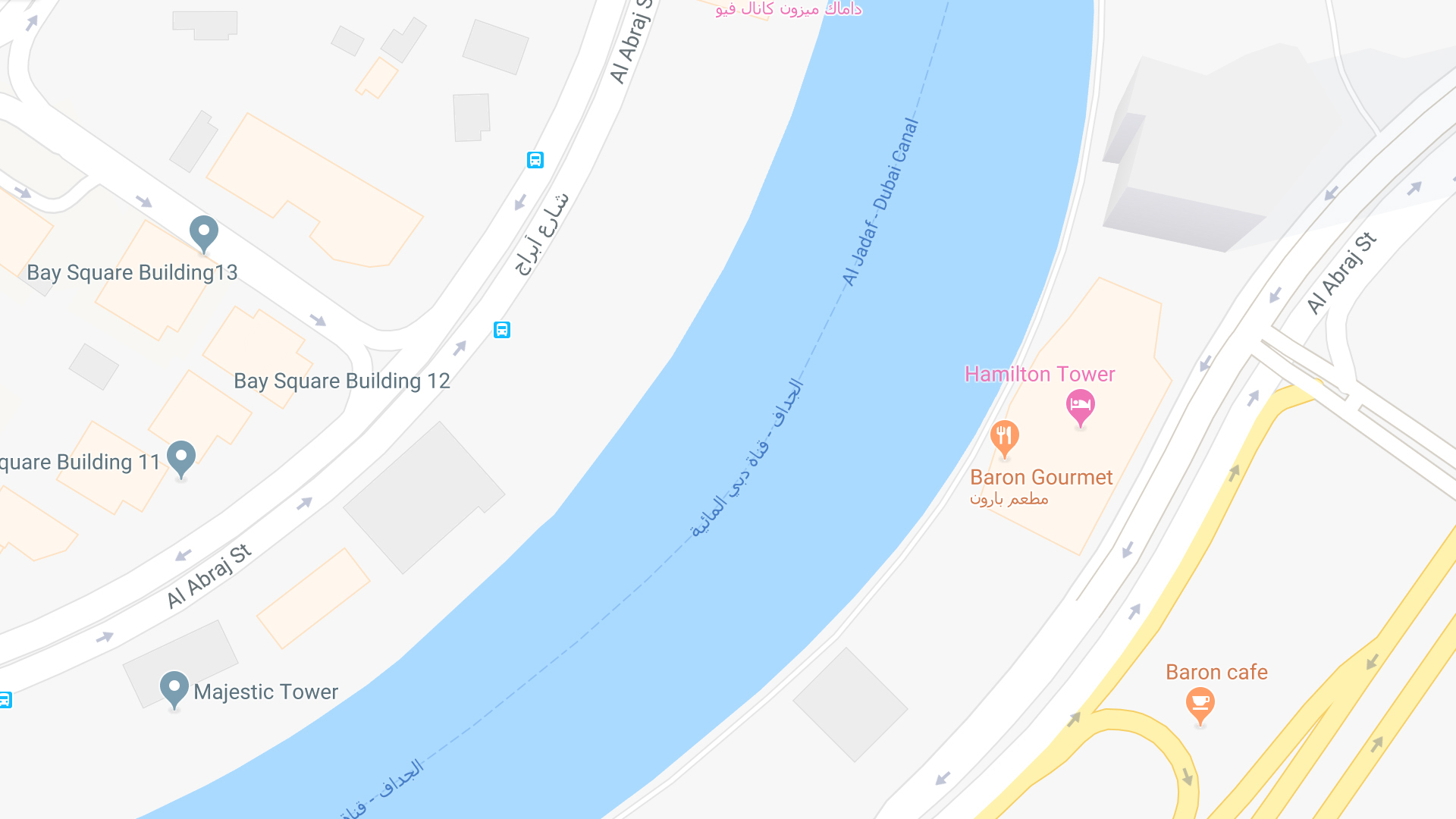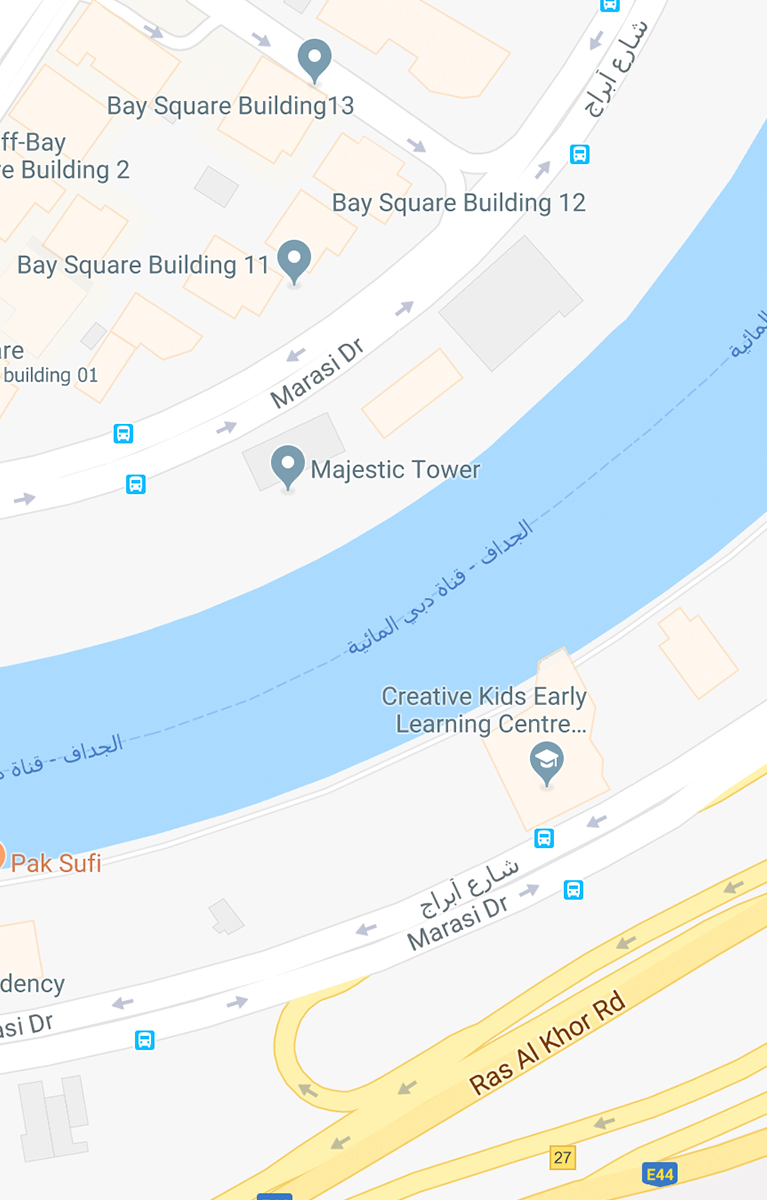Non-Invasive Brain Training: Is It The Best Thing for Migraine Relief?
Migraine attacks can seriously affect a person’s quality of life. This type of headache can vary from a dull ache to severe throbbing pain. It typically comes with other symptoms such as nausea, increased sensitivity to light and sounds and vomiting.
As migraine specialists in Dubai, we have seen how migraine can be a psychosomatic health problem, meaning that the state of mind is hugely responsible for triggering these headaches. Other underlying causes of migraines include food allergies, too much consumption of coffee and tea and overexposure to harsh light.
Did You Know?
Common Symptoms
- Severe headache for more than 2-3 days
- Nausea
- Dizziness
- Fatigue
- Loss of appetite
- Pale skin
How Brain Training Helps People Get Rid of Migraine
How to cure a migraine fast?
Our approach to migraine treatment in Dubai makes use of EEG sensors to record the activity of your brain wave impulses. In a typical session, these sensors will read your activity while you’re sitting on one of our recliners and watching any show of your liking. When you’re doing this, the screen size and the audio quality will change depending upon your brain waves. The quality gets better every time your brain encourages healthy brain impulses. As and when you keep doing these sessions, your brain will become capable of regulating its activity on its own.
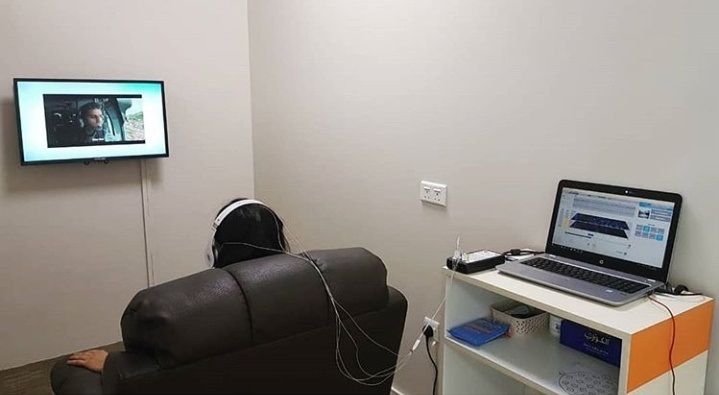
Migraines do not have to be a part of your life forever. To learn more about how our Dubai neurofeedback facility uses non-invasive brain training to ease recurring headaches, schedule a free 15-minute consultation with us using the form below. A member of our team would be happy to go over your options with you and advise you on the best course of treatment.
Testimonials

I had constant stress migraines. They were a really worry because everytime I would have to be at my best and perform, the migraine would get triggered. After my sessions at Evolve Brain training, I can handle stress in a much better way and the migraines have disappeared. Thank you so much Dr. Upasana and team.
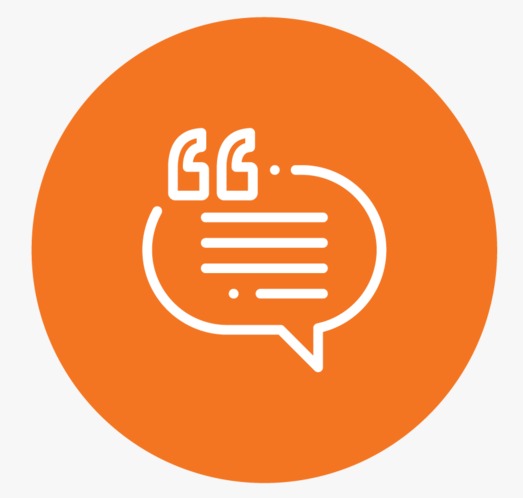

I would get muscle tension migraines every morning when I would wake up. My neck and jaw would always be tensed, and thats what caused my migraines. After my sessions at Evolve, I have seen a 90% reduction in pain. I hardly ever wake up with that debilitating pain. Evolve has changed my life.

How It Works

















